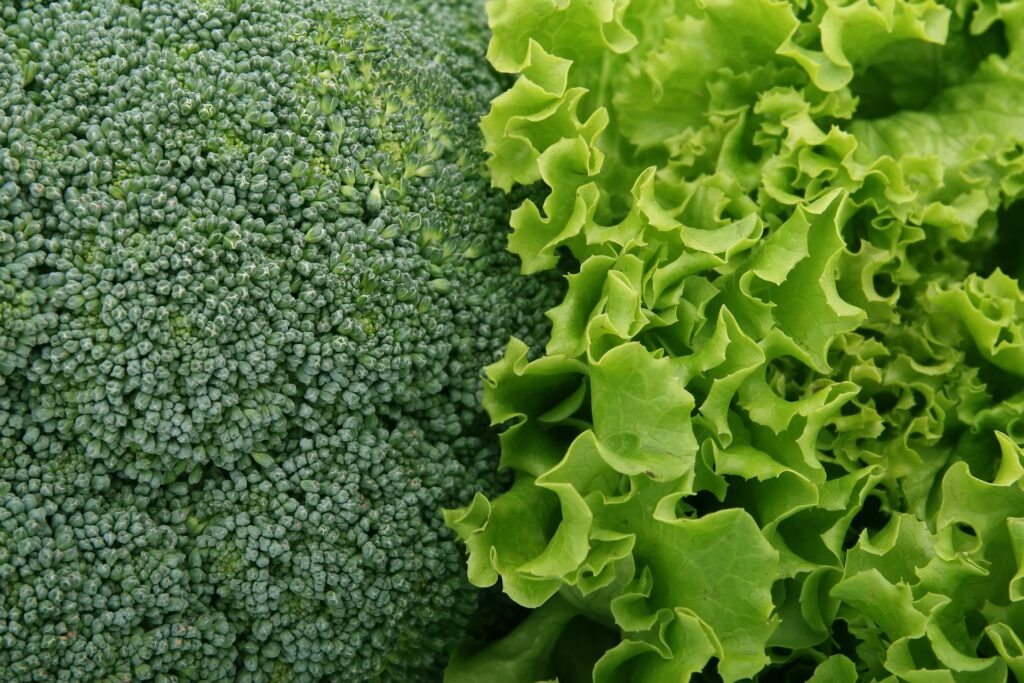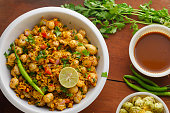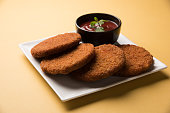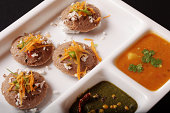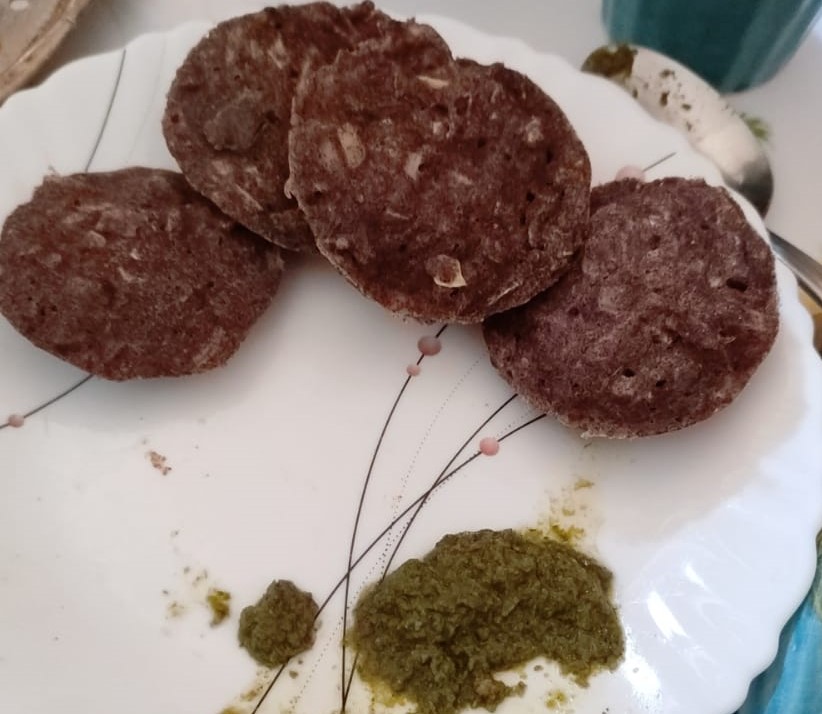Easy Potassium-rich 17 recipes
What is Potassium?
Potassium is one of the most essential minerals that our body needs. It is also referred to as an electrolyte as it carries a small electrical charge which helps our nerves to function and muscles to contract.
It helps in regulating our heartbeat and also maintains normal levels of fluid inside and outside of our body cells. And also maintains our normal blood pressure.
How much do we need potassium in a day?
As per RDA 2020, 3500 mg is our daily requirement.
What are Potassium-rich sources?
Potassium is found in a wide range of foods, for example:
- Dried fruits (raisins, apricots)
- Beans, lentils, kidney beans, soybeans, etc.
- Vegetables like potatoes, tomatoes, carrots, pumpkin, etc.
- Green leafy vegetables like spinach (palak), fenugreek leaves (methi), radish leaves, mustard leaves(sarso), etc.
- Fruits like bananas, oranges, avocado, raisins, etc.
- Coconut water
- Dairy and its products
- Meat, poultry and fish
Is there any diagnostic test for Potassium levels?
Yes, a potassium blood test for our potassium level is done. It can tell us if we have high or low potassium levels. And this test is also known as potassium serum, serum potassium, serum electrolytes. It can also be used to monitor or diagnose conditions related to abnormal potassium levels, for instance, kidney disease, hypertension, and heart disease.
Why do we need potassium?
We need potassium for various bodily functions, for example;
- It helps in the regulation of our body fluid balance.
- Also, helps in the prevention of the body’s blood pressure.
- Further, may also help in muscle and heart contractions.
- It can also help in preventing osteoporosis. It has been shown by various clinically proven studies that potassium-rich diet may help in the prevention of osteoporosis by reducing how much calcium the body loses through urine.
- Additionally, also prevents the formation of kidney stones
So, we have come up with some of the potassium-rich recipes that will help you to get a sufficient amount of potassium for your body.
So, let’s start without any due.
1. Spinach Tomato Savory Pancakes is a Potassium-rich
Spinach Tomato Pancakes is not only healthy but also a yummy savory dish that can either be consume as a part of a nutritious breakfast or an evening snack to satiate your hunger. Also, it is easy to make with the fullness of nutrients. And all the ingredients that you will require for the preparation are easily available at home as well. Also, you can never go wrong with a pancake.
Let’s look into its recipe.

2. Easy Stuffed Paneer Moonglet recipe at home:
Stuffed paneer moonglet is a perfect wholesome dish. You can have it for your breakfast or as a mid-meal snack. Also, can serve it with the chutney of your choice. It is also brimming with the goodness of protein, fiber, potassium, calcium, and magnesium that plays an important role in managing various functions of our body.
Due to its ease, you can easily make this recipe and savor it with your loved ones!

3. Healthy Avocado Toast (4 Easy ways) recipe and Potassium-rich:
Healthy avocado toast provides many vitamins as well as minerals that can give your day a good boost. Start your day with this delish recipe and enjoy the richness of nutrients.

4. Easy to make Broccoli Paratha:
Paratha is the one of the most famous breakfast in India. It has many varieties like gobhi paratha, aloo paratha, pyaaz paratha, mixed veg paratha, etc.
Broccoli Paratha is one of the healthy paratha and full of nutrients like fiber, vitamin C, vitamin K, iron, potassium. And it is also low in fat which helps in weight loss and also in controlling diabetes.

5. Sprouts Paratha Easy and Amazing and rich in Potassium :
Another paratha recipe that is rich in nutrients is sprouts paratha. It is also a perfect breakfast recipe to begin your day with. And you can enjoy it with curd, chutneys, pickle, and even butter. This dish is really mouth-watering and can easily be cooked at home.
Try this breakfast recipe right away!

6. Grilled Mushroom with Herbs- A tasty appetizer:
You can make this grilled mushroom without putting in so much effort. They are low in carbohydrates, fats, and sodium content. And are rich in potassium, selenium, niacin, riboflavin and even vitamin D. They also act as an antibacterial agent and they even improve our immune response action. Also, act as cholesterol-lowering agents.
This recipe is not only tasty and rich in nutrients but also can be consumed guilt-free.

7. Easy to make Rajma mix chatpata veg salad
This lip-smacking salad is made with items such as rajma salad (kidney beans), vinegar, green chili, garlic, tomato, onion, red bell pepper, yellow bell pepper, carrot, and lemon juice.
This salad will surely be loved by your children, adults, and even the elderly. Let’s try our rajma into another form that is totally different from our rajma curry.

8. How to make Green Dhokla- a perfect snack:
Green Dhokla is one of our favorite snacks to go to. It can also be enjoyed without any concern about weight gain. It feels like comfort food and it never really disappoints in its taste. This recipe of dhokla is with a twist, and by a twist, we not only mean healthy but also a tasty twist.
In this recipe, we are using palak and methi to make dhokla which is totally different from the traditional one. The ingredients used in this are highly rich in potassium, minerals, and antioxidants as well. It is also good for our blood pressure, maintains electrolyte balance, and even promotes muscle and nerve contractions.
So, try this recipe to fulfill your potassium reserves of the body.

9. Easy Apple-Banana Oats Pudding in 10 minutes- Healthy breakfast:
Apple-Banana Oats pudding is a dish that is brimming with nutrition and deliciousness. We all know that an apple a day keeps a doctor away, well, it is so because apples are loaded with potassium, antioxidants, fiber, and vitamin C.
Similarly, banana is a fruit that is very wholesome and rich in fiber, potassium, and antioxidants, and furthermore a good source of vitamin B6. A combination of apple and banana with oats is not only incredible but also healthy.

10. Easy to make Rose Smoothie in 2 mins:
Rose Smoothie is one of our favorites go-to drinks. This is made with milk and strawberries which gives you a very refreshing and bright flavor to appease your taste buds.
One of its advantages is that we don’t have to add sugar to it as it is already sweet because of strawberry’s natural sweetness. This recipe can be used for a diabetic patient as it is low in carb and sugar. Let’s make this drink and soothe our taste buds with it.
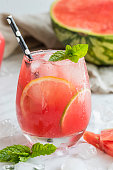
11. How to make Greenland of Sprouts and Spinach:
Greenland of Sprouts and Spinach not only sounds exotic but also delicious and nutritious at the same time. The moong dal sprouts used to make this is rich in protein and fiber and also work well in managing blood sugar levels. It also helps in good digestion, weight loss, and lower LDL cholesterol.
It is indeed the best snack for breakfast or brunch and can be enjoyable for all age groups.
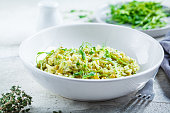
12. How to make Dhokla with moong dal sprouts:
Moong dal sprouts dhokla have a unique flavor and taste to them. This is also easy to make and you can enjoy it as a snack or breakfast. And it is also light on the stomach and nourishing at the same time. This dhokla is famous for its ease and health benefits and also rich in protein, B vitamins, potassium, magnesium, and phosphorus.
If you are a weight watcher or long to eat something healthy, this healthy sprouts dhokla is for you.

13. Easy Banana Yogurt Smoothie in 2 mins:
Banana Yogurt Smoothie is loaded with the goodness of nutrients such as being rich in potassium and low in sodium. Which makes it good for hypertensive patients as well. It is also a good source of vitamin C, folate, and magnesium.
This smoothie can be served during breakfast or during evening snacks and will surely make you feel satiated.
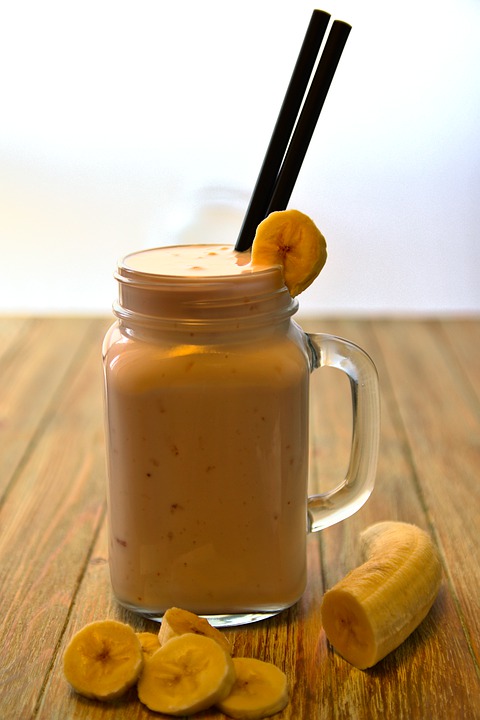
14. Easy to make Apple Crumble Pudding:
Apples are the most popular fruit containing antioxidants, vitamins, dietary fiber, and a range of other nutrients. Because of its richness in nutrients, it helps in preventing several health related-problems like heart disease, diabetes, cancer, and more.
When I crave something sweet, my first choice is a pudding and apple crumble pudding is one of them.
You can add this pudding on any occasion and it surely won’t disappoint you. Moreover, this apple pudding is egg-free so can be enjoyed by vegetarians as well.
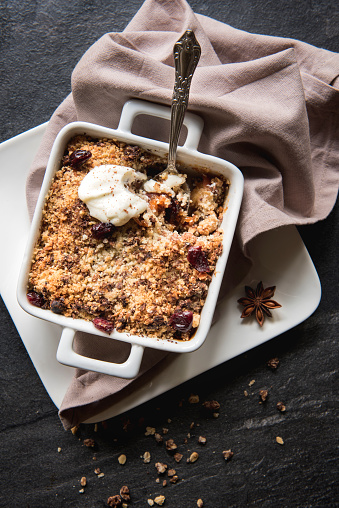
15. Avocado and Kale Smoothie:
Avocado and Kale Smoothie is the easiest and morning nutritional bomb. It is a good blend of nutrients. This smoothie in breakfast will help to start your day with a fresh mind and also provide satiety to your stomach. Give it a try and you will feel absolutely energized with its goodness.
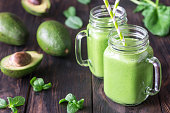
16. Watermelon Coconut Cooler:
Watermelon Coconut Cooler is one of the best in summer to cool and refresh yourself in the scorching heat. This thirst quencher cooler can be enjoyed guilt-free because it has no added preservatives and sugar.
Moreover, this is low in calories and rich in potassium and vitamin C. This is also an easy-to-make recipe that will take hardly 10 minutes so it can also save your time.
You just need 3 ingredients for this recipe, watermelon, coconut water, and mint leaves. Let’s start to make our own tasty and deliciously good cooler.

17. How to make Moth Beans Sprouted Frankie:
Moth beans sprouted Frankie is especially loved by the kids and adults as well. It is rich in protein, sodium, potassium, magnesium, phosphorous, manganese, iron, and calcium as well.
It is indeed a good choice for vegetarians and also lactose-intolerant people. Let’s have a look at its recipe.

If you are struggling shedding weight. You can talk to us by taking this assessment: Click here
For more information click here

